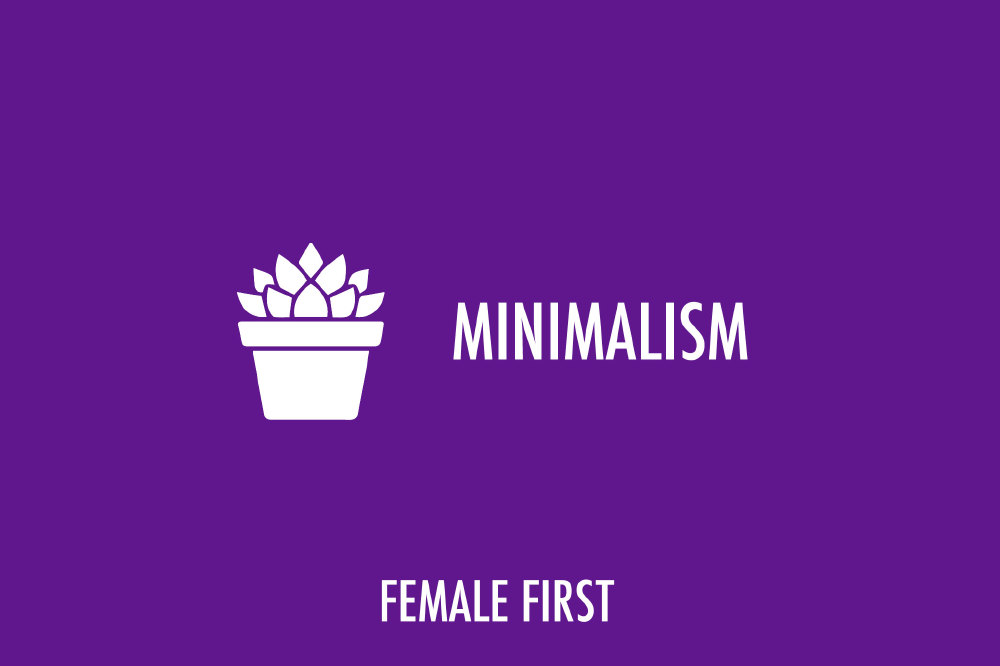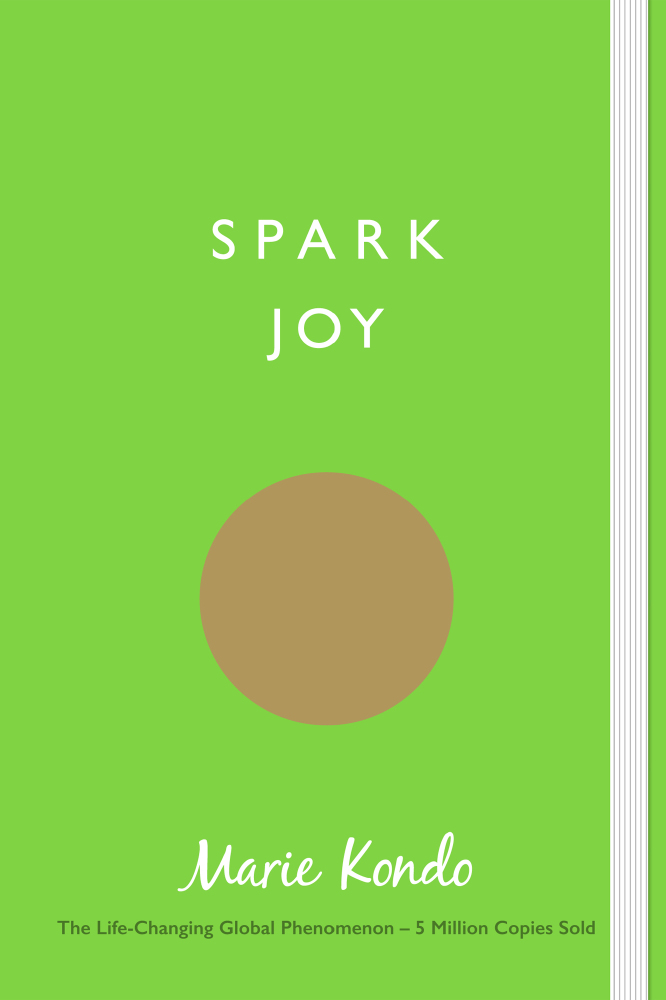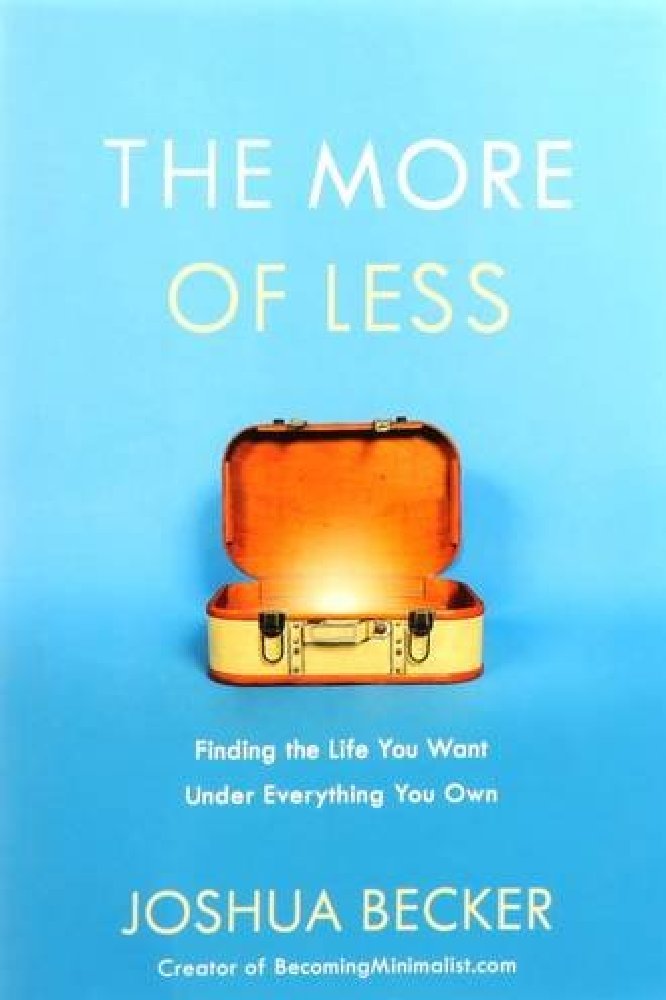I’ve read most of the books that are on offer on the topic of minimalism and although they all champion living with what you need and love- each approach is slightly different depending on the expert. To make things easier, I have broken it down for you so you can follow whichever one suits your lifestyle the best.

Minimalism on Female First
Marie Kondo: Keep whatever sparks joy in your world and rid yourself of anything that doesn’t. Obviously keep the things you NEED even if they don’t spark joy like your toothbrush and washing up bowl- but apply this mentality to everything else. If you hold each item in your hands- Kondo promises that you will know right away if it brings you joy or not.

The Gentle Art of Swedish Death Cleaning: This technique championed by Margareta Magnusson encourages you to think about what you might leave behind when you pass away. It’s not as sad as it sounds but merely a practical solution, so your family aren’t saddled with lots of things they don’t know what to do with in the event of your passing. She urges you to ask the question- ‘would anyone be happier if I kept this?’ If the answer is ‘no’- there is no reason to retain it if you don’t want or need it right now.
The Container Principle: This is Dana K. White’s tried and tested method in her book Decluttering at the Speed of Life. She suggests that you have a container for everything in your home- but once that container is full- you need to remove something to make way for the new stuff or make compromises. For instance- if your bookcase is full and you acquire another book- one has to go to compensate for the new addition. Rather than buying another bookcase- pare your other books down so the container doesn’t overflow. This is ideal for children as it gives them boundaries to work within.
The Minimalists: One of their most popular questions is ‘does it add value to my life?’ If it doesn’t- there is little point in it being in your world. They are big believers in living a meaningful life with less and only having things in their possession that have a use. They also suggest that once your time is less focused on stuff that you dedicate it to more worthwhile pursuits like volunteering or achieving your own personal goals. ‘Love people and use stuff, because the opposite never works’ is how they end each of their podcasts.
The Toothbrush Principle: This idea was developed by author Sheila Chandra who sates that despite how messy a home is- people always know where their toothbrush is. She encourages people to apply this to every area of their home. To know where everything is at all times and how to tailor the location of your belongings to where you will reach for them and need them the most.
Start with your Sock Drawer: Is a book by Vicky Silverthorn who suggests that when decluttering anything in the home- start small and do it gradually. Some people can become overwhelmed by the idea of tackling everything in a day or a weekend- so this slow and methodical process that starts with your sock drawer will help to make progress without procrastination.
Living a better life with less: Joshua Becker is an advocate for getting rid of anything that gets in the way of your dreams and your relationships. He encourages you to donate anything you don’t need or want (if you can afford to) rather than sell it as there will always be people in your community who could benefit from the things you’re discarding. He believes generosity is just one way to live a better life.

So, there we have it- seven ways to reduce the items in your home- decide which one speaks to you the most, buy the book and give it a try!
Tagged in Minimalism

